Students fall in love with reading when they have access to diverse books across a wide range of interest areas. As teachers work to expand classroom libraries and boost reading achievement, they need support from administrators and literacy coaches who understand how a robust classroom library leads to academic success.
Consider how a robust classroom library fits into a larger literacy education plan. Here’s how to get started!
1. Literacy coaches, administrators and teachers must form a good working relationship.

Before they can address a teacher’s classroom library needs, lit coaches and principals must establish an open and respectful relationship. When communication comes easily among all parties, teachers are more comfortable explaining why their out-of-date classroom library is holding their classroom back from its full potential.
2. Great literacy coaches and principals understand how robust classroom libraries aid academic achievement.

While all educators understand the importance of building foundational reading skills, they may not be up to date on why a classroom library is beneficial in addition to a school library or assigned reading books. For example, studies show that students with access to trade books through classroom libraries outperform students who do not have access in measures of reading, writing and science. Building this base knowledge allows all parties to get excited about classroom library expansion and the academic success that follows.
3. Supportive principals and literacy coaches work with teachers to develop a literacy instruction plan.

Having a clear literacy instruction plan allows all educators to be on the same page about reading instruction processes and expected results. Literacy coaches will facilitate dialogue as the parties decide the best way to address student reading challenges as a team. After setting up a literacy plan, organize periodic check-ins to evaluate student reading progress and address problems that arise.
4. Literacy coaches work with principals to create a school-based literacy leadership team.
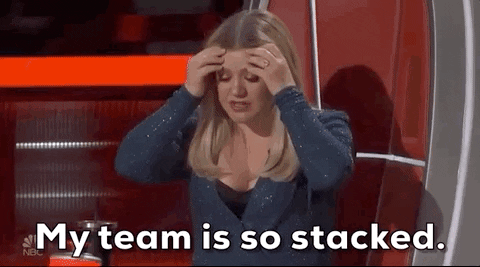
If resources allow, periodically evaluate school-wide reading performance by creating a designated literacy team. Improving school-wide reading achievement becomes a shared responsibility when every literacy team member has a specific role. Lit coaches will then ask this group for insights as they create school-wide literacy goals, implement curriculum action plans, evaluate instructional materials and more. This also provides a time for teachers to discuss adding specific titles or collections to their classroom libraries.
5. Literacy coaches review reading achievement progress with teachers one on one.

While adding high interest, leveled titles to classroom libraries is essential to improve student reading interest and ability, it is part of a larger strategy. Literacy coaches and teachers will partner to examine reading data and evaluate where students are struggling. Then the educators can choose realistic reading achievement goals.
6. Literacy coaches partner with educators to determine the best books to aid their reading instruction.

After establishing a literacy program tailored to the classroom’s unique needs, a lit coach will discuss which sorts of books will best support the class’s interests and literacy goals. Then, educators will work together to compile a list of desired titles, interest areas or leveled book collections.
7. Supportive literacy coaches and administrators evaluate their own educational biases.

Everyone has their own classroom management style or instructional approach. If lit coaches or principals wonder why a teacher is selecting certain books for their classroom library, they might ask for insights into the teacher’s thought process.
8. Supportive literacy coaches and principals follow through with resources.

Teachers rely on lit coaches and principals to provide resources as promised, including the books their students need to succeed. However, there are situations where administrators may be unable to supply the specific titles or collections a teacher requests for their classroom library. This is an opportunity to discuss obstacles in getting titles approved and to work together to find alternatives.
9. Supportive principals approve or advocate for funds to be allocated to classroom libraries.

Principals can explain to decision-makers why a budget for improving a school or district’s classroom libraries is vital to academic achievement. As reading is foundational to all subjects, investing in the best titles to support student reading achievement can lead to improved scores across subject areas.
10. Great administrators share the benefits of expansive, up-to-date classroom libraries with parents and school boards.

It is up to administrators to communicate how improving classroom libraries can benefit students across all grades and reading levels. They will also reiterate why reading books from many different perspectives is essential to fostering independent thinkers and high achievers.
11. Literacy coaches and administrators review reading achievement data before and after a library was improved.

Once relevant titles and collections have been added to classroom libraries, lit coaches and principals will meet with teachers to evaluate reading score improvement over time. Use a tool like Booksource Classroom to see what titles interest students the most. Supplying students with more high-interest titles helps kids fall in love with reading, and the more students read, the more they succeed!
Teachers:
What is the #1 thing you wish your literacy coaches and principals knew about your classroom library needs? Tell us in the comments below.
Literacy coaches and administrators:
How do you currently advocate for your teachers’ classroom library needs? Tell us in the comments below.


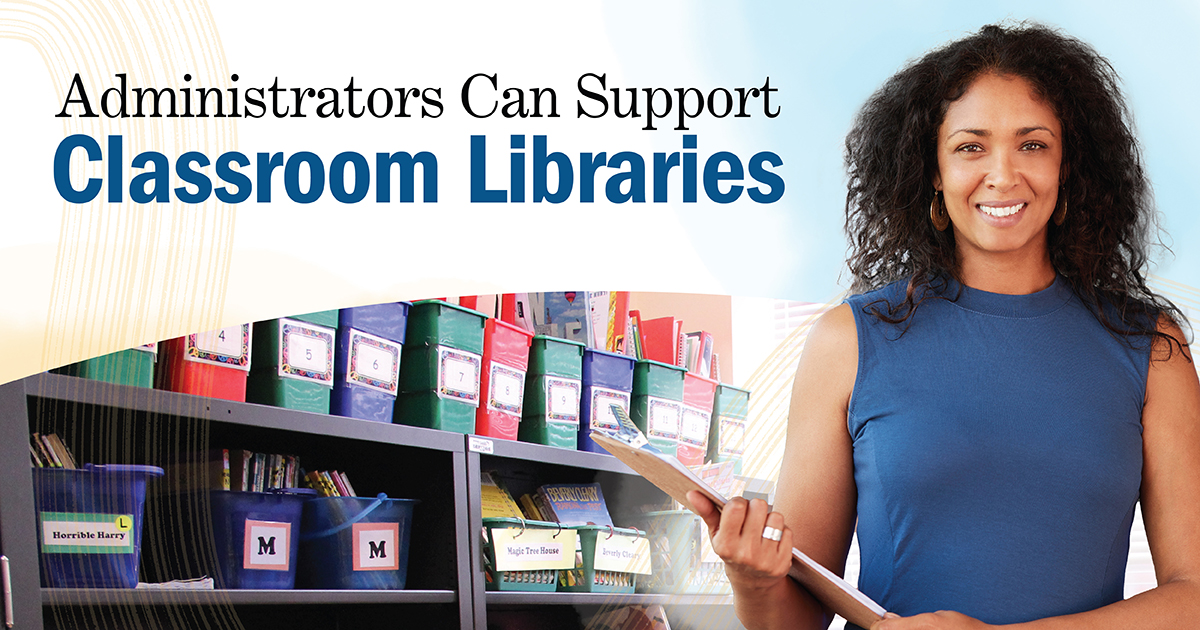
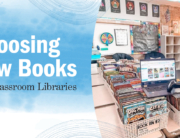
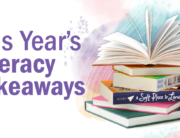
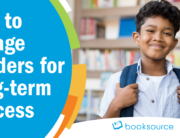
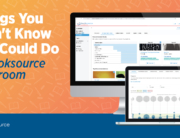
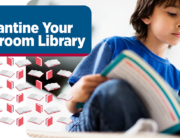
Leave A Comment